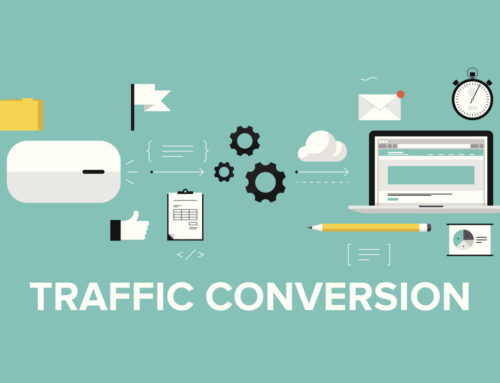Google has begun the process of rolling out mobile-first indexing to more sites. After a year and a half of testing and experimentation, this is the latest development in Google’s efforts to make the internet more mobile-friendly and resemble user trends.
It’s the first time Google has confirmed moving a large number of sites to their mobile-first indexing process. Back in 2016, Google first detailed its plan to change the way its search index operates, alerting us how the algorithms would eventually shift to use the mobile version of a website’s content.
Last October Google said it had begun to transition a small handful of sites, but declined to say which properties had been made the move. But this recent Google announcement makes it sound like the process of mobile-first indexing on a large scale has officially begun.
But there’s also a lot of confusion around what this means for the average business owner. Do you have to change anything? Nothing? Everything? If your site is mobile-friendly, will that be good enough?
In this post we’ll go over the basics of what “mobile-first indexing” means, and how it will effect your site!
What is mobile-first indexing?
Mobile-first indexing is exactly what it sounds like. All it means is the mobile version of your website becomes what Google sees first when determining their index and search rankings. This is all in an effort “to better help our – primarily mobile – users find what they’re looking for,” Google writes in a blog post.
Since there are now more searches being conducted on mobile devices than desktop browsers, this is a way for Google to ensure the majority of users find content that’s optimised for their screen.
Google also explains that it will have one index for search results, not a mobile-first index that’s separate from its main index. In other words, it will begin the indexing process with mobile web pages, not the desktop version.
If a site does not have a mobile-friendly version then Google will still crawl and index the site as-is. All content will live within the same index, but Google will now be using the mobile versions when available.
![Monsters Of [dot] Com Logo](https://www.monstersof.com/wp-content/uploads/2019/12/logo-2020-150.png)



